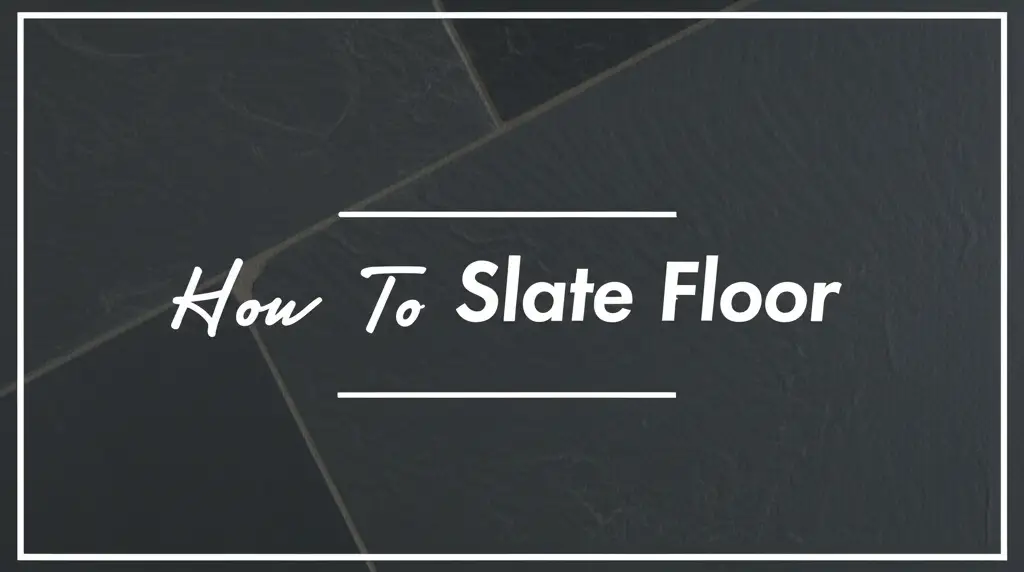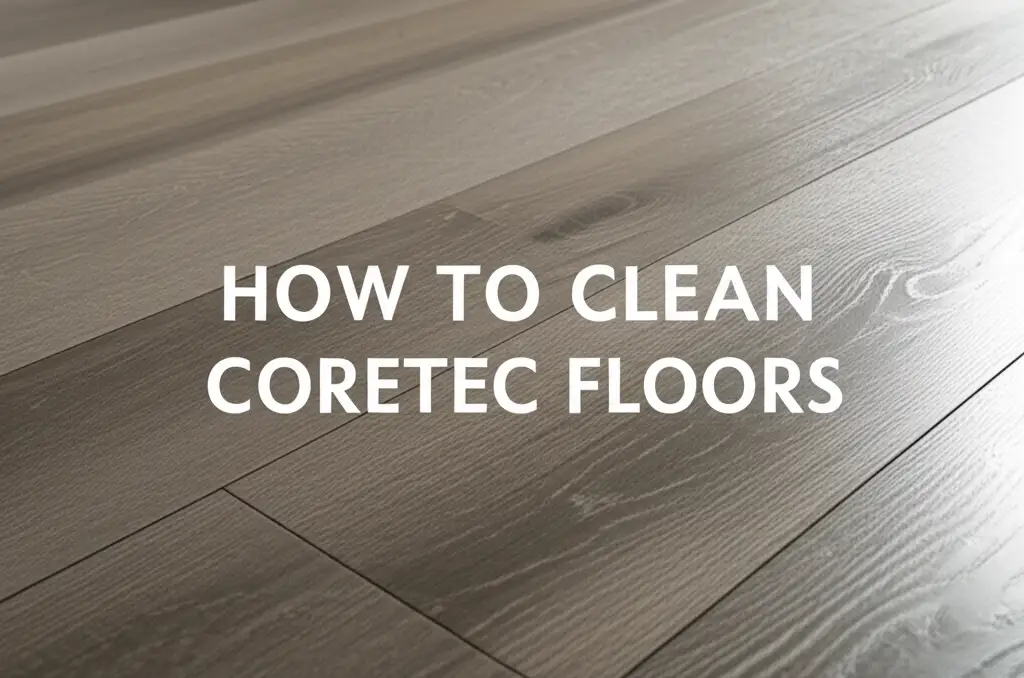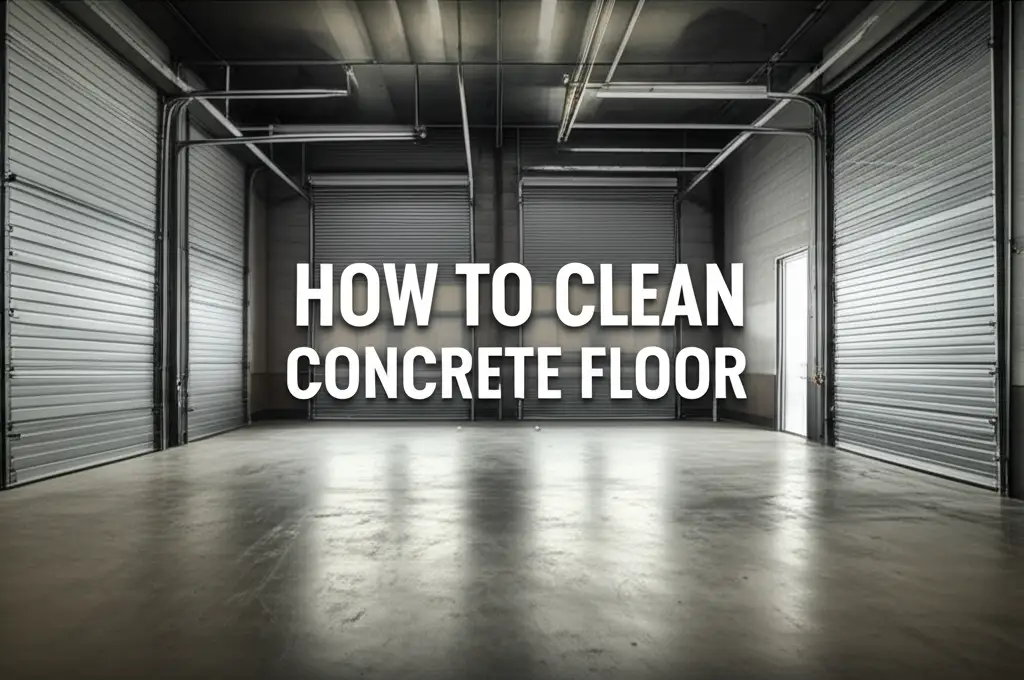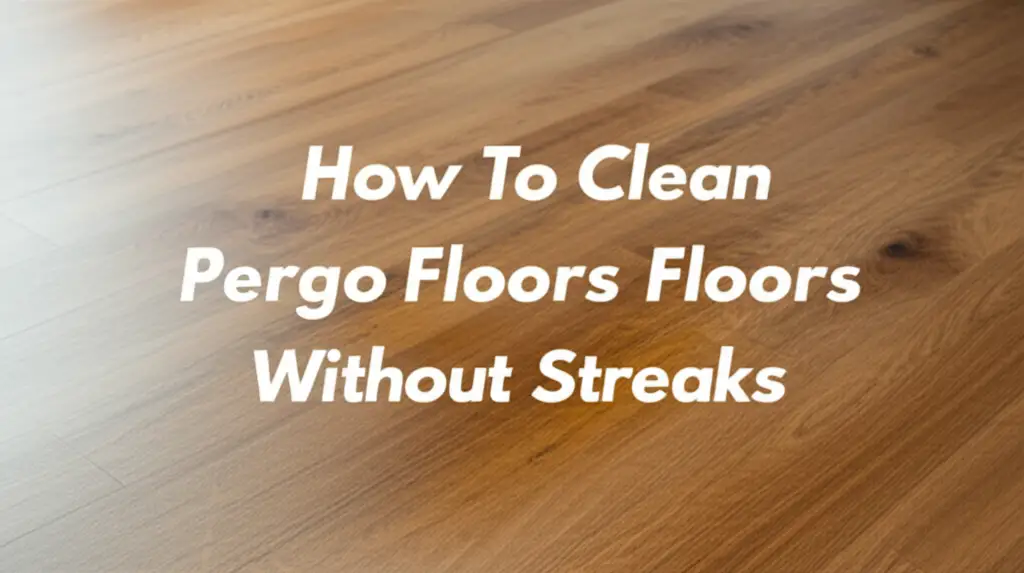· Floor Care · 17 min read
How To Clean Limestone Floors
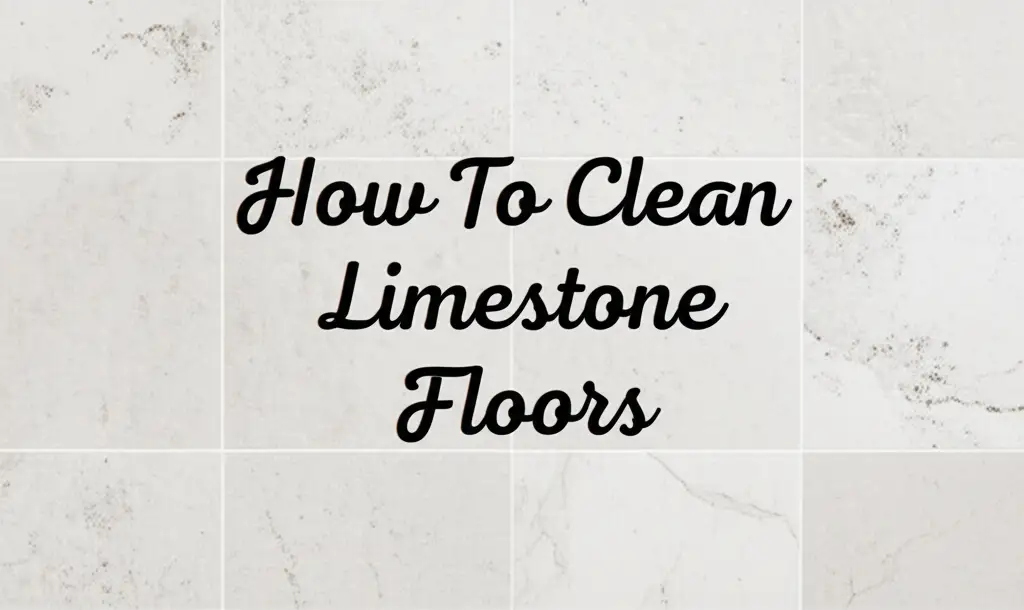
Cleaning Limestone Floors: A Complete Guide
Limestone floors bring a timeless elegance to any home. Their natural beauty, however, comes with a need for specific care. Many people find themselves wondering how to clean limestone floors effectively without causing damage. I understand this concern. Limestone is a delicate natural stone. It requires a gentle touch and the right cleaning methods to maintain its beauty for years.
Proper cleaning prevents dullness, etching, and other forms of damage. This guide will walk you through everything you need to know. We will cover daily maintenance, deep cleaning steps, and how to tackle common problems like stains. You will learn about essential tools and products. We will also discuss the importance of sealing your limestone. By the end, you will have the knowledge to keep your limestone floors looking their best.
Takeaway
- Always use pH-neutral cleaners specifically for natural stone.
- Sweep or dust mop daily to remove loose dirt and grit.
- Clean spills immediately to prevent stains and etching.
- Rinse floors thoroughly after mopping to avoid residue buildup.
- Seal limestone floors regularly for protection against moisture and stains.
To clean limestone floors, use a soft-bristled broom or dust mop daily to remove loose debris. For wet cleaning, use a pH-neutral stone cleaner diluted in warm water with a soft mop, then rinse with clear water and dry immediately to prevent water spots and etching.
Understanding Limestone: Its Nature and Care Needs
Limestone is a beautiful, natural stone formed from layers of shell, sand, and other mineral matter. It gives your home a classic and luxurious feel. However, this stone is also quite porous. This means it has tiny openings that can absorb liquids easily. This porosity makes limestone susceptible to stains. It also makes it sensitive to moisture.
Another important characteristic of limestone is its high calcium carbonate content. This makes it vulnerable to acids. Acidic substances react with the calcium carbonate. This reaction creates dull spots or etch marks on the stone’s surface. Common household items like vinegar, lemon juice, and even some harsh cleaners are acidic. Using them on limestone floors can cause permanent damage. This damage looks like dull, light spots where the acid has eaten away at the stone.
Because of these properties, limestone needs special care. It cannot be cleaned like ceramic tile or laminate. Harsh chemicals and abrasive tools must be avoided. A gentle approach protects the stone’s integrity and appearance. Understanding these basic facts about limestone helps you choose the right cleaning products and methods. It ensures your beautiful floors stay protected and gleaming. For information on caring for outdoor limestone, you can also look at how to clean limestone pavers.
Maintaining limestone requires attention to detail. It is not difficult, but it is different. I find that recognizing these unique needs makes the cleaning process much clearer. You are protecting a valuable surface. A little knowledge goes a long way in preserving its natural beauty and preventing costly repairs.
Essential Tools and Supplies for Cleaning Limestone Floors
Having the right tools and supplies is crucial for cleaning limestone floors safely and effectively. You do not need many specialized items, but the ones you use must be correct for natural stone. Using improper products can quickly damage your beautiful floors. I always make sure I have these items ready before I begin cleaning.
First, you will need a good quality soft-bristled broom or a micro-fiber dust mop. These tools are perfect for daily sweeping. They pick up loose dirt and grit without scratching the stone surface. Regular vacuuming is also an option, but ensure your vacuum has a hard floor attachment. This attachment prevents the rotating beater bar from scratching your delicate limestone. A hard floor attachment lifts dirt gently.
Next, you need a pH-neutral stone cleaner. This is perhaps the most important item. pH-neutral means the cleaner is neither acidic nor alkaline. Acidic cleaners, as mentioned, will etch the stone. Alkaline cleaners can also dull its finish over time. Look for cleaners specifically labeled for natural stone, marble, or limestone. I always double-check the label to be sure. Never use harsh detergents, ammonia-based cleaners, or abrasive powders.
You will also need a clean, soft mop. A microfiber mop is an excellent choice. It is gentle on the stone and very absorbent. Make sure the mop head is always clean. A dirty mop can spread grime or scratch the surface. Have a separate bucket for rinse water. This keeps your cleaning solution clean and prevents streaks. Lastly, gather several clean, soft cloths or towels for drying. Microfiber cloths work very well for buffing and drying the stone. These simple tools make the job easy and safe.
Daily Maintenance for Preserving Limestone Floor Beauty
Daily maintenance is the cornerstone of keeping your limestone floors beautiful. It is the easiest way to prevent damage and reduce the need for deep cleaning. I always emphasize this step because it makes a huge difference. Small, consistent efforts protect your investment. This routine is simple and quick, fitting into any busy schedule.
Start by sweeping or dust mopping your limestone floors every day. Use a soft-bristled broom or a high-quality microfiber dust mop. This step removes loose dirt, dust, and grit. Grit acts like sandpaper underfoot. It can scratch the delicate surface of your limestone. I often see people skip this step, but it is vital. It prevents tiny abrasions that accumulate over time. Think of it as a protective measure for your stone’s finish. For comparison, it is similar to the daily care many people give to how to clean wood floors or how to clean hardwood floors.
If you prefer to vacuum, use a vacuum cleaner designed for hard floors. Ensure it has a soft brush or felt attachment. The beater bar on regular carpet vacuums can scratch limestone. Lift the beater bar or turn it off if your vacuum has that option. This prevents any harsh contact with the stone surface. Regular removal of dry debris is crucial for protecting the floor’s integrity.
Another critical part of daily care is immediate spill cleanup. Limestone is porous, meaning liquids can quickly penetrate and cause stains or etching. If you spill anything, especially acidic liquids like fruit juice, soda, or wine, act fast. Blot the spill immediately with a clean, soft cloth. Do not wipe, as this can spread the liquid. Then, clean the area with a small amount of pH-neutral stone cleaner and warm water. Rinse well with plain water and dry the spot thoroughly. Quick action minimizes damage and keeps your floors looking pristine.
Step-by-Step Guide to Deep Cleaning Limestone Floors
While daily maintenance keeps your limestone floors looking good, deep cleaning is occasionally necessary. This process removes built-up grime and refreshes the stone’s appearance. I typically deep clean my limestone floors once a month, or more often in high-traffic areas. This method is thorough and safe, ensuring no harm comes to your delicate stone.
First, prepare the area. Remove all furniture, rugs, and mats from the floor. Sweep or vacuum the entire floor thoroughly. This removes all loose dirt and debris. You do not want to push dirt around during wet cleaning. Taking the time for this preparation makes the actual cleaning much more effective. It also helps prevent scratching the surface with trapped grit.
Next, prepare your cleaning solution. Fill one bucket with warm water and your pH-neutral stone cleaner, following the product’s dilution instructions. Use a second bucket for clean rinse water. This two-bucket system prevents you from putting dirty water back on your clean floor. Using clean water for rinsing is key to avoiding streaks and dullness.
Now, begin mopping. Dip your clean, soft mop into the cleaning solution. Wring out the mop until it is damp, not soaking wet. Excess water can penetrate limestone and cause problems. Mop a small section of the floor at a time, working in small, manageable areas. Avoid saturating the floor. Gently clean the surface, applying light pressure. For tougher spots, you can use a soft-bristled brush specifically for natural stone. Scrub gently, never harshly. This method helps lift embedded dirt without damaging the stone. If you are also cleaning grout lines, remember that how to clean tile grout on floors also applies to limestone grout, requiring gentle, stone-safe products.
After cleaning a section, immediately rinse it. Dip your mop into the bucket of clean rinse water and wring it out well. Mop the cleaned section to remove all cleaner residue. Change the rinse water frequently as it gets dirty. Finally, dry the section immediately with a clean, soft towel or microfiber cloth. Do not let water air dry on limestone floors. This can leave water spots or mineral deposits. Work section by section until the entire floor is clean, rinsed, and dry. This careful process ensures a streak-free, beautiful finish, similar to aiming for perfection when cleaning how to clean porcelain tile floors without streaks.
Tackling Stains and Etch Marks on Limestone
Limestone floors are beautiful, but they can be vulnerable to stains and etch marks. These issues can be frustrating, but many can be addressed with the right approach. It is important to know the difference between a stain and an etch mark, as they require different treatments. I have faced these challenges many times, and I know patience and the correct method are key.
A stain is discoloration caused by a substance penetrating the stone’s pores. Common stains include oil, grease, coffee, tea, wine, and ink. An etch mark, on the other hand, is physical damage to the stone’s surface. It results from an acidic substance reacting with the limestone. This removes the polished layer, creating a dull, lighter spot. Etch marks are not stains; they are surface damage. You cannot remove an etch mark with a stain remover.
For stains, identify the type of stain if possible. Organic stains (coffee, tea, food) often respond well to a hydrogen peroxide poultice. Mix hydrogen peroxide with a small amount of flour or baking soda to create a paste. Apply the paste to the stain, cover it with plastic wrap, and tape the edges. Let it sit for 24-48 hours until dry. The poultice will draw the stain out. For oil-based stains (grease, cooking oil), use a poultice made with baking soda and acetone or mineral spirits. Follow the same application steps. Always test any poultice in an inconspicuous area first. When dealing with specific issues like pet accidents, the approach for limestone is different from how to clean dog urine from hardwood floors, as acid in urine can etch limestone immediately.
Etch marks are more challenging because they are physical damage. For light etch marks, sometimes a professional stone polishing compound can help. These products contain fine abrasives that gently abrade the surface to restore some shine. Apply a small amount to the etch mark with a soft cloth and rub gently. This requires careful handling and may not fully restore the finish. Deep etch marks often require professional re-polishing or honing of the stone. This is not a DIY task. While you might try to manage issues like how to clean stained concrete floors at home, limestone etching is more delicate.
The best defense against both stains and etch marks is prevention. Clean spills immediately, especially acidic ones. Use coasters under drinks and avoid harsh cleaners. Sealing your limestone also provides an extra layer of protection, making the stone less absorbent and giving you more time to clean up spills before they penetrate.
Sealing Limestone Floors for Long-Term Protection
Sealing your limestone floors is one of the most important steps for long-term protection and easy maintenance. Limestone is a porous stone, meaning it has tiny openings that can absorb liquids, leading to stains and damage. A good quality sealant acts as a barrier. It fills these pores, preventing liquids from penetrating the stone’s surface. I always recommend sealing newly installed limestone, and then resealing it periodically.
There are different types of sealants, but for limestone, you typically want an impregnating or penetrating sealer. These sealers do not form a coating on top of the stone. Instead, they penetrate the surface and create a protective barrier within the stone’s pores. This allows the stone to breathe naturally while resisting water, oil, and other stains. Topical sealers, which form a film on the surface, are generally not recommended for natural stone floors. They can make the floor slippery and prone to showing scratches.
The frequency of sealing depends on several factors. These include the amount of foot traffic, the type of limestone (some are more porous than others), and the quality of the previous sealant. In high-traffic areas like kitchens and entryways, I suggest resealing every one to three years. In low-traffic areas, it might be every three to five years. A simple test can help you determine if your floor needs resealing: put a few drops of water on the clean, dry stone surface. If the water beads up, the sealant is likely still working. If the water soaks into the stone and darkens it, it is time to reseal.
Applying a sealant is a straightforward process. First, ensure your floor is thoroughly clean and completely dry. Any dirt or moisture trapped under the sealant will be permanent. Follow the sealant manufacturer’s instructions carefully. Typically, you apply the sealant evenly with a clean, lambswool applicator or a soft cloth. Allow it to dwell for the recommended time, usually 10-15 minutes. Then, wipe off any excess sealant immediately with a clean, dry cloth before it dries on the surface. Buff the surface to ensure no residue is left. Allowing excess sealant to dry can leave a hazy film that is difficult to remove. Proper sealing extends the life and beauty of your limestone floors significantly.
Common Mistakes to Avoid When Cleaning Limestone Floors
Cleaning limestone floors requires a specific approach. Many common cleaning habits can actually harm this delicate natural stone. Avoiding these mistakes is just as important as knowing the right steps. I have seen beautiful limestone damaged by well-intentioned but incorrect cleaning practices. I want to help you prevent similar issues.
One of the most critical mistakes is using acidic or harsh cleaners. This includes vinegar, lemon juice, bleach, ammonia-based cleaners, or abrasive scrubbing powders. Limestone is calcium-based. Acids will react with the calcium, causing etching. This creates dull spots that look like permanent water stains. Bleach and ammonia can also strip sealants or cause discoloration. Always use cleaners specifically labeled as pH-neutral and safe for natural stone. If a cleaner does not specify it is safe for natural stone, do not use it on limestone.
Another common error is using abrasive cleaning tools. Steel wool, scouring pads, or stiff-bristled brushes can scratch the soft surface of limestone. These scratches dull the stone over time and make it more susceptible to dirt buildup. Always opt for soft mops, microfiber cloths, and soft-bristled brushes designed for natural stone. Even using a vacuum cleaner with a rotating beater bar can cause micro-scratches. Ensure your vacuum has a hard floor attachment or disable the beater bar.
Leaving water to stand on limestone floors is another significant mistake. Limestone is porous, and prolonged exposure to water can lead to water spots, mineral deposits, or even mold and mildew growth beneath the surface. After wet mopping, always dry the floor immediately and thoroughly with a clean, soft towel or microfiber cloth. Do not let the floor air dry. This ensures a streak-free finish and prevents water from penetrating the stone.
Finally, neglecting regular sealing or applying sealant incorrectly can compromise your floor’s protection. A well-sealed floor repels spills, giving you time to clean them up before they stain. If you do not seal your floor, it is highly vulnerable. Applying too much sealant or not wiping off excess can leave a sticky, hazy residue that attracts dirt. Follow sealant instructions precisely. Avoiding these common pitfalls will keep your limestone floors beautiful and protected for many years.
Preventative Measures and Long-Term Limestone Floor Care
Beyond daily cleaning and periodic deep cleaning, taking preventative measures is crucial for the long-term beauty of your limestone floors. These simple habits protect your investment and reduce the need for intensive restoration later. I always emphasize that prevention is easier and cheaper than repair. By implementing these tips, you will maintain your limestone’s pristine condition with less effort.
First, use mats at all entryways. Place high-quality walk-off mats both inside and outside your doors. These mats trap dirt, grit, and moisture before they can be tracked onto your limestone floors. Grit is an enemy of limestone. It acts like sandpaper, causing tiny scratches that dull the surface over time. Regularly clean these mats to ensure they remain effective.
Second, use furniture pads. Attach felt pads to the bottom of all furniture legs, chairs, and tables that rest on your limestone floors. This prevents scratches and scuffs when furniture is moved. Even slight movements can cause damage if the furniture lacks proper protection. Check these pads periodically and replace them when they wear down.
Third, clean spills immediately. This cannot be stressed enough for limestone. Any liquid, especially acidic ones like soda, juice, or wine, can quickly etch or stain the stone. Always have a clean, soft cloth handy. Blot the spill; do not wipe it. Wiping can spread the liquid and push it deeper into the pores. After blotting, gently clean the area with a pH-neutral stone cleaner and rinse thoroughly. Dry the spot completely. Immediate action is your best defense against lasting damage.
Finally, consider professional help for periodic maintenance. While routine cleaning is manageable for homeowners, limestone benefits from professional care every few years. Professionals can deep clean, re-hone, or re-polish the stone to remove minor scratches and restore its luster. They can also apply specialized long-lasting sealants. This ensures the stone’s protective layer remains robust. Think of it as a tune-up for your floors. These preventative measures, combined with proper cleaning, ensure your limestone floors remain a beautiful focal point in your home for decades.
FAQ Section
Can I use vinegar or bleach to clean limestone floors?
No, never use vinegar or bleach on limestone floors. Limestone is sensitive to acids. Vinegar is acidic and will cause etching, leaving dull, permanent spots. Bleach can strip sealants and discolor the stone. Always use cleaners specifically formulated as pH-neutral for natural stone.
How often should I deep clean my limestone floors?
The frequency depends on traffic. For high-traffic areas like kitchens, deep clean once a month. For lower-traffic areas, once every three to six months may suffice. Daily sweeping and immediate spill cleanup reduce the need for frequent deep cleaning.
How often do limestone floors need to be sealed?
Limestone floors typically need resealing every one to five years. High-traffic areas require more frequent sealing, perhaps every 1-2 years. A simple water test can check your sealant’s effectiveness. If water soaks in and darkens the stone, it is time to reseal.
What kind of cleaner is safe for limestone floors?
Only use pH-neutral cleaners specifically designed for natural stone, marble, or limestone. These cleaners are balanced to avoid acidic or alkaline reactions that can damage the stone’s surface. Read product labels carefully to ensure compatibility with natural stone.
Can I use a steam mop on limestone floors?
Generally, it is not recommended to use a steam mop on limestone floors. The high heat and steam can potentially force moisture into the stone’s pores. This can weaken sealants or cause underlying damage. Stick to damp mopping with pH-neutral cleaners and thorough drying.
How do I remove dark spots or stains from limestone floors?
First, identify the stain type. For organic stains (coffee, tea), use a hydrogen peroxide poultice. For oil-based stains, use a baking soda and acetone poultice. Apply the paste, cover, and let dry for 24-48 hours. Test in an inconspicuous area first.
Conclusion
Cleaning limestone floors properly ensures their lasting beauty and protects your investment. You have learned that these natural stone floors require a gentle, consistent approach. Daily sweeping and immediate spill cleanup are your first lines of defense. When it is time for a more thorough clean, remember to always use pH-neutral cleaners and soft tools. These specific steps protect your floors from etching and scratches.
I hope this guide gives you confidence in caring for your limestone. Remember to regularly seal your floors. This provides a crucial protective barrier against everyday spills and grime. Also, be mindful of common mistakes, especially avoiding acidic products and abrasive tools. With the right knowledge and tools, you can easily maintain the elegant appearance of your limestone. You now have the power to keep your limestone floors looking spectacular for many years to come.
- limestone cleaning
- natural stone care
- floor maintenance
- pH neutral cleaner
- stone sealing

